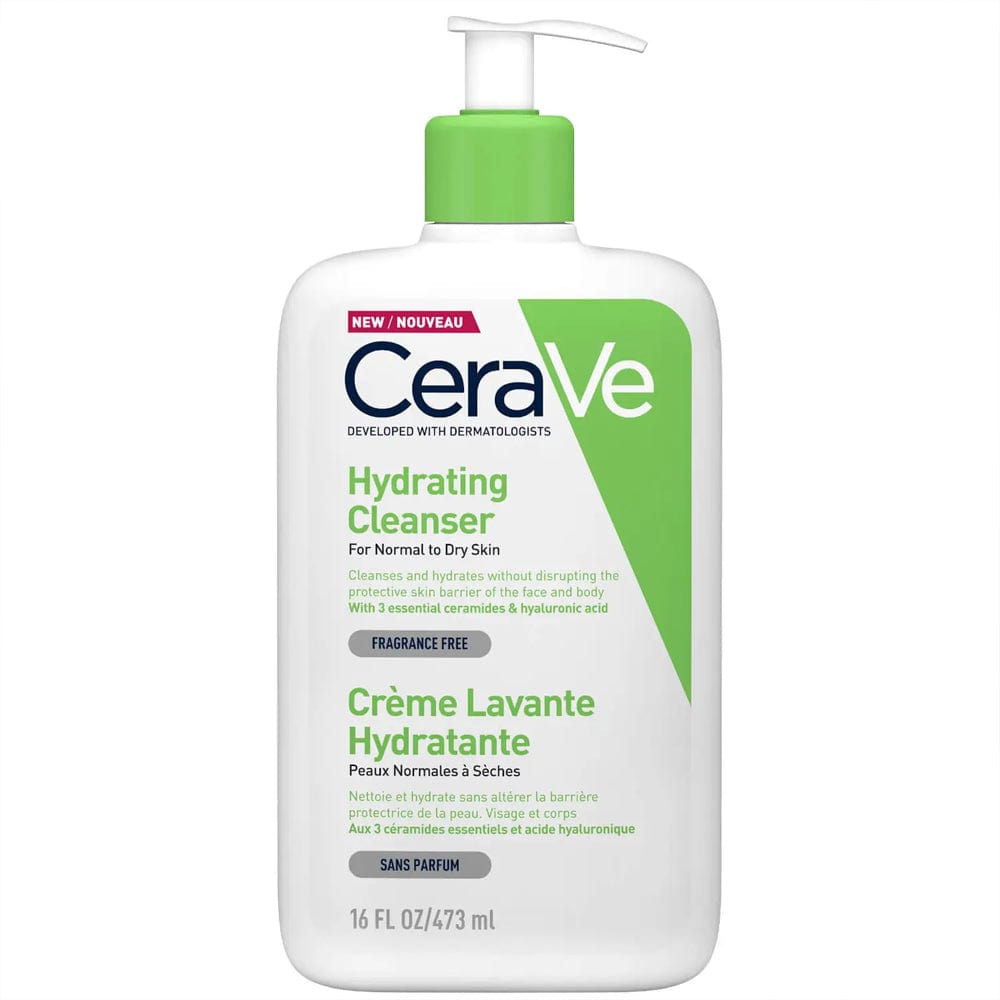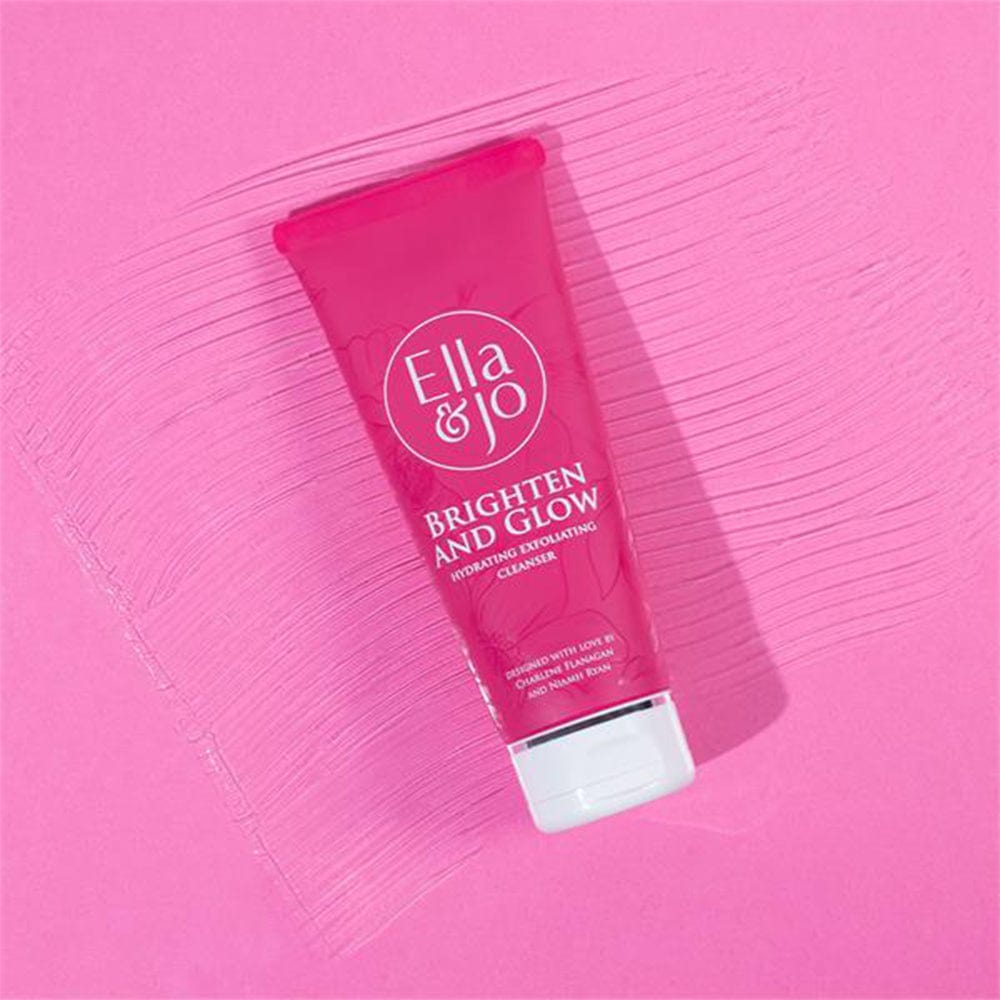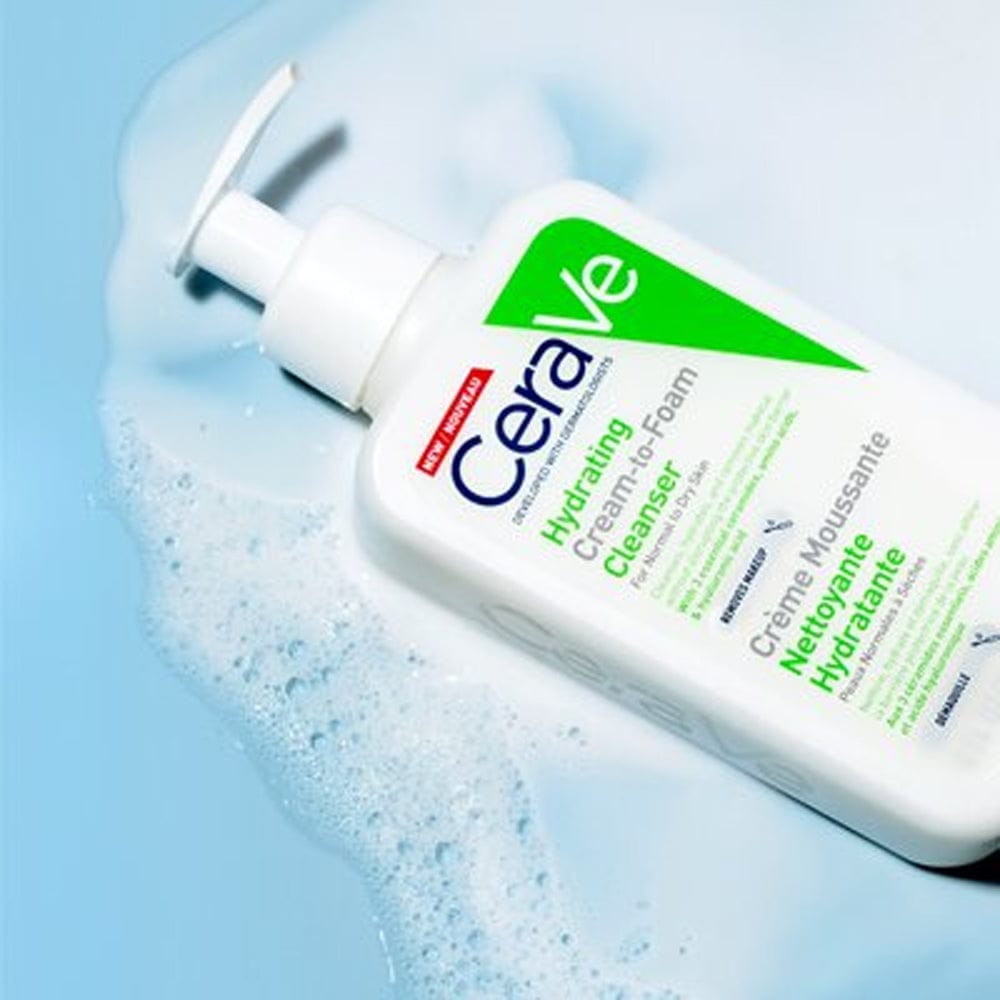Say goodbye to dryness and hello to hydrated, glowing skin. A good cleansing routine lays the foundation for a healthy, balanced complexion, but not all cleansers are created equal. Whether you’re dealing with dryness, sensitivity, or even excess oil, choosing the right formula can restore harmony. In this guide, we’ve shortlisted the best cleansers to help you clean effectively without stripping your skin.

Click on the links below to jump to that section:
- Discover the best hydrating cleansers to transform your skin
Unveiling the top cleansers to nourish and replenish your skin’s hydration
- Why cleansers are a key part of your hydration routine
Discover the missing link in your skincare routine that could be costing you
- How to choose the best hydrating cleanser for your skin type
Decipher key ingredients and understand the best type of cleanser for you
Discover the Best Hydrating Cleansers to Transform Your Skin
Dry, oily, combination and even acne-prone skin deserves a proper hydrating routine. Explore our shortlist for the best hydrating cleanser. Start as you mean to continue and achieve your most radiant, balanced complexion yet.
1. CeraVe Hydrating Cleanser
CeraVe Hydrating Cleanser is a top choice for gentle and effective cleansing. This creamy facial cleanser was developed by dermatologists and offers a gentle cleanse without stripping, drying or irritating the skin.
This cream cleanser contains three essential ceramides—ceramides 1, 3, and 6-II. These ingredients help repair and restore your barrier while keeping the skin’s natural moisture in for long-lasting hydration.

| Benefits |
|---|
|
| Possible downsides |
|
Perfect For: All skin types including dry and very dry skin
2. Skingredients PreProbiotic Cleanse
Achieve the perfect balance with Skingredients PreProbiotic Cleanse. This hydrating face cleanser is made to protect and nourish your skin, it’s more than just a simple face wash.
Prebiotics and probiotics feed and top up the good bacteria on your skin, boosting its natural defences against inflammation, infection, damage and moisture loss. The result is a radiant complexion that maintains a healthy balance.

| Benefits |
|---|
|
| Possible downsides |
|
Perfect For: Dry, combination and sensitive skin types (oily complexions may want to use as part of a double cleansing routine).
3. Ella & Jo Brighten & Glow
For a glowing silky finish, try Ella & Jo Brighten & Glow Hydrating Exfoliating Cleanser. This is a hydrating cleanser that balances exfoliation and moisture. If you struggle with dull skin, acne or rough patches, this formula may help.
It contains a gentle amount of salicylic acid. This ingredient helps remove dead skin cells and clear out pores. This soft exfoliation reveals bright and smooth skin.

| Benefits |
|---|
|
| Possible downsides |
|
Perfect For: Oily to combination or clog-prone skin
4. CeraVe Hydrating Cream to Foam Cleanser
Experience the best of both worlds with CeraVe Hydrating Cream to Foam Cleanser. This gentle cleanser turns from a hydrating cream into a soft lather offering a deeper and more refreshing clean. It contains hyaluronic acid, which is great for keeping your skin moisturised without leaving your face feeling dry or tight.

| Benefits |
|---|
|
| Possible downsides |
|
Perfect For: combination and oily skin (may not be suitable for extremely dry complexions)
Why cleansers are a key part of your hydration routine
We typically see cleansers as a way to remove things from your skin, instead of adding much-needed molecules. However, with the right skincare products, you can replace harmful dirt, build-up, excess sebum and impurities with necessary hydration and barrier-support.
The cleansing stage can supply more moisture to the skin than hydrating routines but without the proper method of retaining this moisture, your skin can quickly feel stripped, tight and dry, even if you have oily skin.

When we remove the naturally-occurring oils from the skin, there is nothing left to protect against water loss. Harsh surfactants can also break down the skin’s natural barrier and destroy natural microbiome colonies, leading to dehydration, dullness and irritation over time. Starting your skincare routine by stripping the skin is a surefire way to deplete and dehydrate your complexion.
A hydrating cleanser does two things. Firstly, it supports the skin barrier and the microbiome. Secondly, it supplies hydrating ingredients that help you draw in and retain the moisture that you’ve added.
How to tell the difference between dry and dehydrated skin
If you have a dry skin type, you may struggle to retain moisture from your skincare routine. Make-up may turn cake-y and you may struggle with dullness, flaking, itching, sensitivity and fine lines. You’ll need to gear your skincare routine to hydration and barrier support.
However, your skin can become dehydrated, regardless of your skin type. By continually stripping the skin with harsh cleansers, you create a compromised skin barrier, possibly exacerbating moisture loss. Oily skin often compensates for dehydration by producing more sebum. Dehydrated skin can have uneven textures and tones with more prominent fine lines and dullness. However, this dehydration can usually be addressed easily with the right skincare.

Dry skin: Responds well to thicker, oilier formulations, can be dull and irritable and prone to make-up cakiness and fine lines. Dry skin often feels dry or tight, even with consistent hydration.
Dehydrated skin: May not respond to heavy hydrating routines and tends to showcase dullness, fine lines, irregular texture and may be more irritable than normal. Extra oiliness is common with dehydrated skin. Dehydration is usually temporary and usually caused by skincare & lifestyle.
How to maintain hydration in your cleansing routine
The number one habit to break in your cleansing routine is using hot water to cleanse, this is extremely stripping for the skin, even if you use a hydrating cleanser.
- Don’t use hot water to cleanse your face
- Use a hydrating cleanser (ideally a cream cleanser if you have dry skin)
- Avoid parabens and sulphates (and exfoliating cleansers for dry skin), sodium lauryl sulphate is the most common example.
- Use hydrating and barrier-boosting active ingredients in your cleanser
- When double cleansing, avoid prolonged skin contact with a foaming face wash (use a cream, oil cleanser or cleansing balm to remove dirt, make-up, oil and sunscreen, then lightly wash off any residue with a second cleanser).
- Don’t leave micellar water or make-up remover on the skin, it can strip the skin and lead to dryness.
- Follow-up with a hydrating serum and/or a hyaluronic acid moisturiser while your skin is damp from cleansing (don’t leave your skin to dry completely before applying hydrators).
Many people make the mistake of thinking that stripped skin is clean skin. While there is some truth in that, harsh cleansers throw your skin off balance which can exacerbate your skin concerns.
Choose the Best Hydrating Cleanser for Your Skin Type
Every skin type is susceptible to dehydration and over-cleansing is typically the culprit. Explore our cleanser advice based on your skin type.
Should you only use a cream cleanser for dry skin
Cream cleansers are great for removing makeup and sunscreen residue, impurities and environmental pollutants without stripping the skin. However, there are some gel and foaming cleansers that aren’t stripping. Check for glucoside foaming cleansers or sulphate-free surfactants.
Oil cleansers can also be beneficial for removing heavy makeup, although you may want to double cleanse to avoid any greasy residue.

Can oily skin benefit from a hydrating cleanser
Oily skin is more often than not, in need of a hydration boost so yes, you should consider a hydrating cleanser to restore balance. If you want a deeper clean for your oily skin, the CeraVe Cream-to-Foam Cleanser is a great option with ceramides and added hyaluronic acid.
Things to look for when choosing a hydrating cleanser
Your best bet when looking for a hydrating cleanser is a creamy or non-foaming formula. This usually protects your moisture barrier and avoids overly stripping the skin. If you want a foaming cleanser, look for sulphate-free surfactants such as coco-glucosides or sodium cocoyl isethionate.
Which ingredients should you include in a hydrating cleanser?
- Hyaluronic acid: A naturally-occurring, hydrating molecule that draws and traps water into the epidermis.
- Glycerin: Another hydrating ingredient that pulls water into the skin.
- Squalane: A skin-identical ingredient known to help preserve skin moisture and avoid that stripped and tight feeling.
- Lipids or non-comedogenic oils: Cholesterol and other fatty acids and oils are helpful in maintaining barrier function and keeping moisture locked in.
- Ceramides: Like cholesterol, ceramides patch up a damaged skin barrier, helping to restore balance.
Frequently Asked Questions:
What makes a cleanser hydrating?
A hydrating cleanser usually lacks harsh soaps, surfactants, parabens and sulphates and contains skin-nourishing ingredients such as hyaluronic acid or ceramides.
How often should I use a hydrating cleanser?
You can use a hydrating cleanser morning and night. However, if you have severely dry skin, it can be easy to over cleanse. If this is you, test out once-a-day use and then up the frequency as tolerated. Also, follow-up with a good hydrating routine.
Are there any hydrating cleansers suitable for acne-prone skin?
Acne-prone skin is not immune to becoming dehydrated. On the contrary, acne treatments can be very drying. The Ella & Jo Hydrating Exfoliating Cleanser is the perfect choice. It’s gentle cream formula hydrates while also offering acne-fighting benefits.


